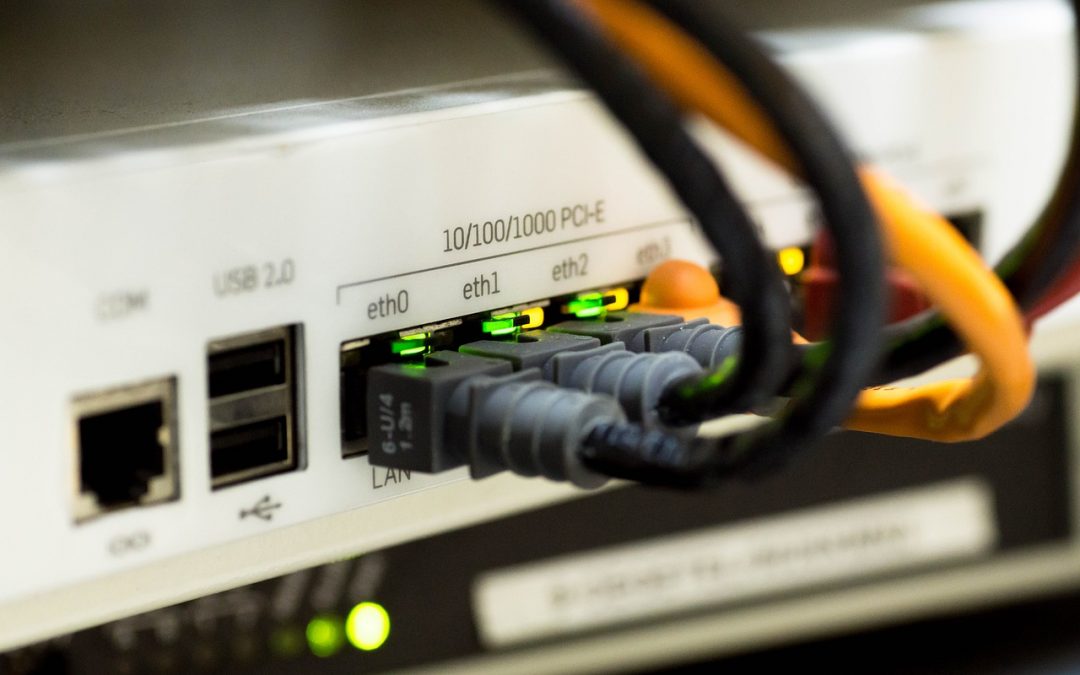Knowing the different types of internet services that are available to you can help you decide which type of internet service best suits your needs. Broadband is a term used that covers all types of internet connections: cable, satellite, DSL, and fiber optic otherwise known as FiOS). These are all the high-speed internet services that keep you connected at all times. The other option is dial-up (which still exists and people actually pay for it) if it is that Dial-up is your only choice, you would maybe prefer to go with broadband. I have summarized the different types of broadband connections that are available to consumers:
DSL
DSL -Digital Subscriber Line. It operates over a normal telephone line similar to dial-up. DSL delivers download speed of up to 25 megabits per second. There are two types of DSL: Asymmetric DSL which is the cheaper option between the two and offers faster download speeds that upload speed (ADSL) and Symmetric DSL (SDSL) equally provides faster upload and download speeds, which may be quite important if you use VPN on a regular basis to backup large files to the cloud.
Advantages
- DSL is the least expensive when compared to other broadband options
- You are able to have more than one DSL provider that you can choose from
- DSL can deliver up to 100 times network performance of a dial-up modem, speed may vary depending on the service plan or network capacity.
Disadvantages
- The quality of speed depends solely on the distance: The further you are from your provider’s central office, the connection will be slower and less reliable.
- Since DSL is “on” all the time, it can be easy for external hackers to attack.
Cable Broadband
Offered by a television provider, were developed to provide reliable TV service to communities.
It operates over coaxial cable TV wires and providers speed from 3 Mbps to 100 Mbps.
Advantages
- Speed and quality of your service do not depend on your location like it does with ADSL.
- Operates without a line, this means that you are always connected.
- Not prone to drop out as the dial-up internet are.
Disadvantages
- In many cases, your bandwidth is shared with people in your area, so if more and more people use the cable broadband service at once the slower the internet service will be for everyone including you.
- Not available in all locations.
- Requires connection fees, especially if you hire a professional technician to install.
Satellite
Doesn’t matter where you are, Satellite offers speeds of up to 15 Mbps down and Mbps up.
Advantages
- The modern generation does not even know what a modem sounds like when its cranks up. With Satellite your internet is always on so you will never have to start up your internet.
- No matter where you are in the world, Satellite is able to reach you.
Disadvantages
- Satellite internet is by far the most expensive methods of internet connections.
- Slow speeds are one of the biggest disadvantages associated with Satellite Internet.
- The weather has a negative impact on Satellite internet users when it is rainy, cloudy, windy or snowing signal can easily be lost.
Fiber optic service (FiOS)
One of the latest internet connectivity types operates over an optical network using light. The moment the major providers of this internet connectivity are Verizon, AT&T, U -Verse and Qwest and this internet provides speeds as high as 300 Mbps and 65 Mbps up
Advantages
- Offers the highest speeds ever! (buzz light year speed) compared to copper wire connections such as DSL or Cable.
Disadvantage
- Fiber is available only in limited areas
Of course, each internet service connection type has its advantage and disadvantage it’s really up to you. Choose whatever works for you, contact Netbits for professional assistance.

